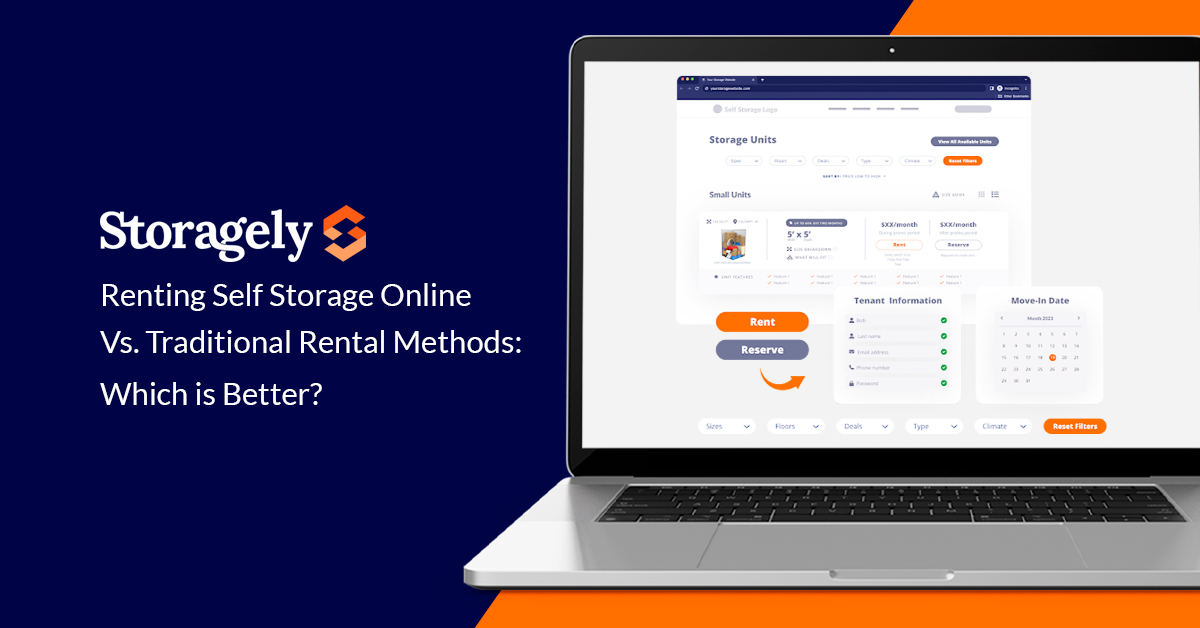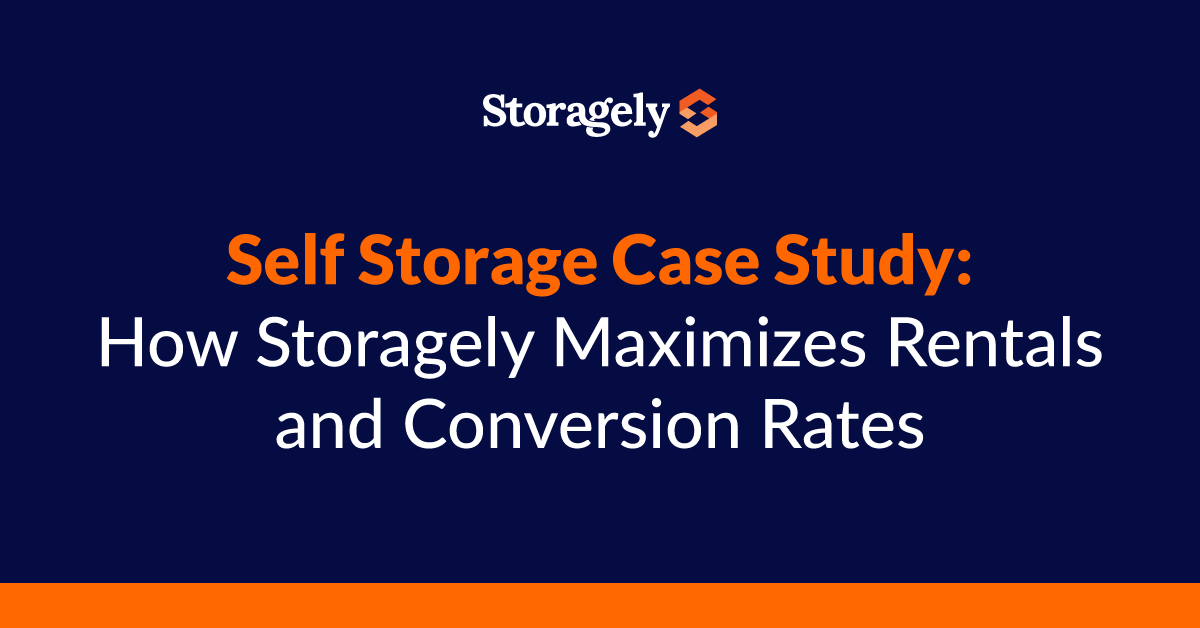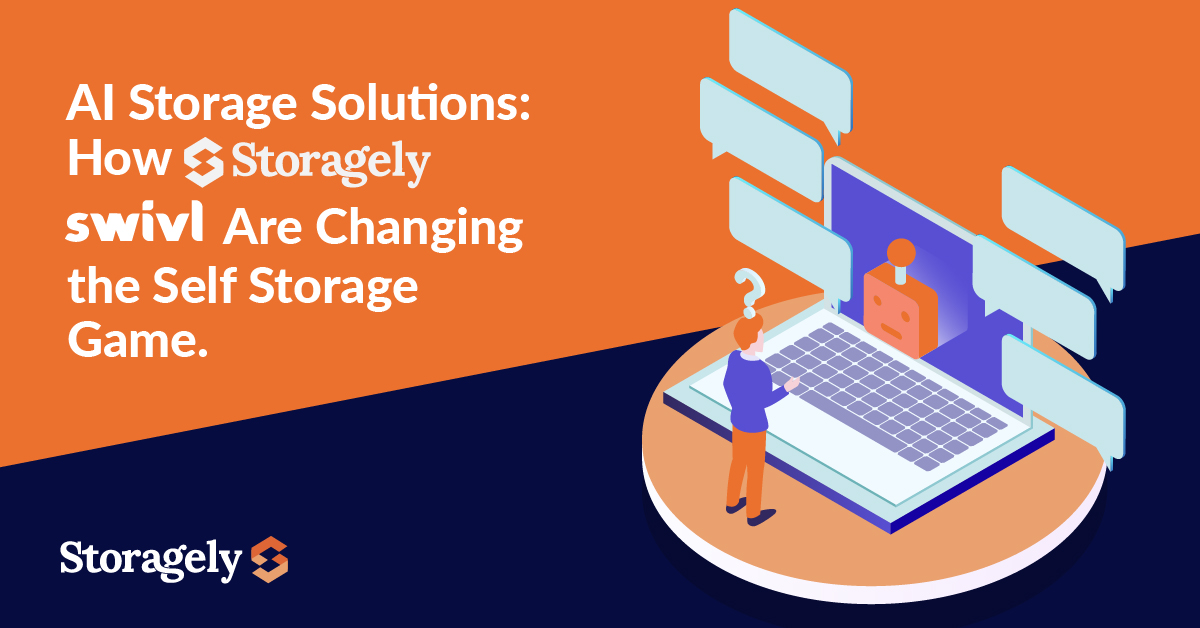The Digital Age of Self-Storage
The self-storage industry has entered the digital age, and it’s essential for storage businesses to adapt and thrive in this new environment. The shift from traditional to digital marketing strategies is crucial to reach a wider audience and increase business visibility online.
Transitioning into the Digital Market
As the digital landscape continues to evolve, self-storage businesses must adapt their storage marketing strategies to stay competitive. Transitioning into the digital market involves developing an online presence, leveraging digital marketing tools, and understanding the online behavior of potential customers.
The digital market opens up a host of new opportunities for self-storage businesses. It enables them to reach a wider audience, target specific demographics, and track marketing efforts in real-time. An integral part of this transition is understanding and utilizing self-storage digital marketing strategies, like self storage SEO, social media marketing, and in particular, Google Ads.
The Role of Google Ads in Self-Storage Marketing
In the realm of digital marketing, Google Ads plays a pivotal role. This platform allows businesses to display paid advertisements in Google’s search results, giving them an opportunity to attract potential customers actively looking for self-storage services.

Google Ads can increase visibility, drive targeted traffic to your website, and ultimately lead to higher conversion rates. It’s a versatile tool that allows for customization based on location, keywords, and demographics, making it an invaluable asset in any self-storage digital marketing strategy.
However, to fully leverage Google Ads, it’s recommended that businesses own their ad accounts. Owning your Google Ads account provides greater control and transparency, data security, and the ability to personalize your ads to meet your unique business needs. For more information on the benefits of owning your ad account, read our article on the advantages of company-owned ad account.
The transition to the digital market and the effective use of Google Ads are key components in a successful self-storage digital marketing strategy. By understanding these aspects, self-storage businesses can position themselves for success in the digital age. For further insights into Google Ads for self-storage businesses, refer to our comprehensive guide on google ads for self-storage businesses.
Advantages of Owning Your Own Ad Account
As a crucial component of self-storage digital marketing, owning your own ad account provides a myriad of benefits, allowing for greater control, enhanced data ownership and security, and personalized customization.
Control and Transparency
By owning your ad account, you gain full control over your advertising campaigns. This includes deciding when to run the ads, which demographics to target, and the budget allocation for each campaign. You can also monitor the performance of your ads in real-time, providing you with an immediate insight into what’s working and what requires adjustments.
In addition to control, owning your ad account also provides transparency. You have access to all the data related to your campaigns which allows you to understand precisely how your budget is being utilized and the return on investment you are receiving. For more insight into self-storage PPC advertising, check our article on self-storage ppc advertising.
Data Ownership and Security
Data ownership is another significant advantage of owning your ad account. The data generated from your ad campaigns is a valuable asset that can provide insights into your audience’s behavior and preferences. By owning your ad account, this data is yours to keep and use for future strategic planning.
Moreover, owning your ad account ensures the security of your data. You have the sole access to your account, reducing the risks of data breaches or unauthorized access. For more information on the advantages of company-owned ad accounts, visit our article on advantages of company-owned ad account.
Customization and Personalization
Lastly, owning your ad account allows for customization and personalization of your ad campaigns. You can tailor your ads to align with your brand voice, reach your target audience, and meet your specific business objectives. Personalized ads tend to resonate better with potential customers, leading to higher engagement rates and better conversion rates.
For instance, if you find that a particular demographic responds better to a specific type of ad, you can focus your resources on creating similar ads for this demographic. This level of customization can significantly improve the effectiveness of your ad campaigns.
In summary, owning your ad account plays a vital role in the success of your self-storage digital marketing strategy. It provides you with the control, transparency, data ownership, security, and customization needed to run effective ad campaigns. For a deeper understanding of managing your ad account, visit our article on self-storage ad account management.
Understanding Self-Storage Digital Marketing
The rise of the internet has revolutionized the way businesses, including self-storage companies, approach marketing. With an increasing number of people turning to online platforms for information, it’s vital for self-storage businesses to leverage the power of self-storage digital marketing strategies. This section will delve into the significance of SEO and Google Ads, social media marketing, and email marketing in the self-storage industry.
The Power of Local SEO and Google Ads
Search engine optimization (Local SEO) and Google Ads have emerged as powerful tools in the realm of self-storage digital marketing. SEO involves optimizing your website to rank high in organic search results, thus increasing its visibility to potential customers. On the other hand, Google Ads is a paid advertising platform where businesses can bid on keywords relevant to their industry to show up in Google’s search results.
Investing in SEO and Google Ads can lead to inchttps://storagely.io/our-step-by-step-self-storage-seo-checklist/reased brand visibility, higher traffic to your website, and ultimately, more customers. To leverage these tools effectively, self-storage businesses should consider owning their ad account to maintain control, transparency, and security. For more information on this, refer to our article on the advantages of company-owned ad account.
Social Media Marketing for Self-Storage
In the age of digital marketing, social media platforms have become a crucial marketing channel for businesses, including those in the self-storage industry. These platforms offer a direct line of communication between businesses and their customers, allowing for real-time engagement and customer feedback.
Social media marketing can help self-storage businesses build brand awareness, engage with customers, and drive traffic to their website. Platforms such as Facebook, Instagram, and LinkedIn can be utilized to share content relevant to your target audience, promote special offers, or simply showcase your storage units.
Email Marketing and Online Promotions
Email marketing remains one of the most effective digital marketing strategies for self-storage businesses. It allows businesses to reach out to their customers directly, providing personalized offers and updates.
Online promotions, such as discounts for online bookings or referral bonuses, can also be communicated through email campaigns. These strategies can help self-storage businesses increase customer loyalty, improve customer retention, and drive conversions.
To sum up, the combination of SEO and Google Ads, social media marketing, and email marketing can significantly enhance the digital marketing efforts of self-storage businesses. By understanding and implementing these strategies, self-storage companies can tap into the vast potential of the digital market, ultimately leading to business growth and success. For more insights on this topic, read our in-depth guide on self-storage PPC advertising.
Implementing a Successful Digital Marketing Strategy
When it comes to self-storage digital marketing, the implementation of a successful strategy plays a pivotal role. This involves setting clear marketing goals, creating an effective Google Ads strategy, and leveraging the power of social media and email marketing.
Setting Clear Marketing Goals
In the realm of digital marketing, goal setting acts as the compass guiding all marketing efforts. For self-storage businesses, these goals could range from increasing brand awareness and attracting new customers, to improving customer retention rates and boosting online sales.
The key to setting effective marketing goals is to ensure they are SMART: Specific, Measurable, Achievable, Relevant, and Time-bound. This strategy provides a clear roadmap for your digital marketing efforts and allows you to measure your progress effectively.
Creating an Effective Google Ads Strategy
Google Ads plays a crucial role in the digital marketing landscape. For self-storage businesses, a well-structured Google Ads strategy can help reach potential customers when they are searching for storage solutions.
Creating an effective Google Ads strategy involves:
- Keyword Research: Identifying the keywords that potential customers use when searching for self-storage solutions.
- Ad Creation: Developing compelling ads that highlight your unique selling propositions.
- Landing Page Optimization: Ensuring your landing pages are relevant, user-friendly, and designed to convert visitors into customers.
- Bid Management: Regularly reviewing and adjusting your bids to maximize your return on investment.
- Performance Analysis: Monitoring your campaign performance and making necessary adjustments to improve results.
For more insights on how to leverage Google Ads for your self-storage business, check out our article on Google Ads for self-storage businesses.
Leveraging Social Media and Email Marketing
Social media and email marketing hold tremendous potential for self-storage businesses. They offer a platform to engage with customers, share valuable content, and promote your services.
Social Media Marketing: Platforms such as Facebook, Instagram, and LinkedIn can be used to reach your target audience. Regularly posting engaging content, responding to customer inquiries, and promoting special offers can help improve your brand visibility and customer engagement.
Email Marketing: This is an effective tool for keeping your customers informed about your latest offers, news, and updates. It’s essential to segment your email list based on customer behavior and preferences to send personalized emails and improve engagement rates.
By integrating these methods into your self-storage digital marketing strategy, you can effectively reach your target audience, engage with them, and drive business growth. For more information on managing your ad account and the benefits of owning your own ad account, check out our articles on self-storage ad account management and the advantages of a company-owned ad account.
Pitfalls to Avoid in Self-Storage Digital Marketing
As the self-storage industry continues to embrace digital marketing, understanding the potential pitfalls and how to avoid them is crucial. These challenges can include common digital marketing mistakes, risk mitigation, and the importance of continuous improvement in your marketing efforts.
Common Digital Marketing Mistakes
One of the most common mistakes in self-storage digital marketing is failing to fully understand and leverage the power of Google Ads. Many businesses set up their campaigns without a clear strategy, leading to wasted advertising budget and missed opportunities.
Another common mistake is neglecting the importance of owning your own ad account. As we’ve discussed in the section on advantages of company-owned ad account, owning your account gives you full control over your data, enhances transparency, and allows for customization and personalization.
Lastly, ignoring the power of SEO and social media marketing in promoting your self-storage business can lead to a lack of online visibility and customer engagement.
How to Mitigate Risks in Digital Marketing
Mitigating risks in digital marketing involves strategic planning and continuous monitoring. First, set clear marketing goals and create a detailed Google Ads strategy. This will guide your marketing efforts and help you track your progress.
Next, ensure you have control over your ad account. This not only enhances transparency but also ensures data security. Learn more about self-storage ad account management here.
Lastly, leverage the power of SEO, social media marketing, and email marketing. These channels can help you reach a wider audience, engage with customers, and promote your services effectively.
| Risk | Mitigation Strategy |
|---|---|
| Lack of Google Ads strategy | Set clear marketing goals and create a Google Ads strategy |
| Not owning ad account | Ensure control over your ad account |
| Ignoring SEO and social media marketing | Leverage SEO, social media, and email marketing |
Aiming for Continuous Improvement
In self-storage digital marketing, there’s always room for improvement. Regularly review your marketing strategy and make necessary adjustments based on performance data. A/B testing, for instance, can be an effective way to determine what works best for your campaigns.
Continuous learning is also crucial. Stay updated with the latest trends in digital marketing and Google Ads. This will enable you to adapt your marketing strategy as needed and stay ahead of the competition.
Remember, success in digital marketing doesn’t happen overnight. It requires patience, persistence, and a commitment to learning and improvement. For more insights on maximizing your self-storage digital marketing efforts, read our article on google ads for self-storage businesses.











